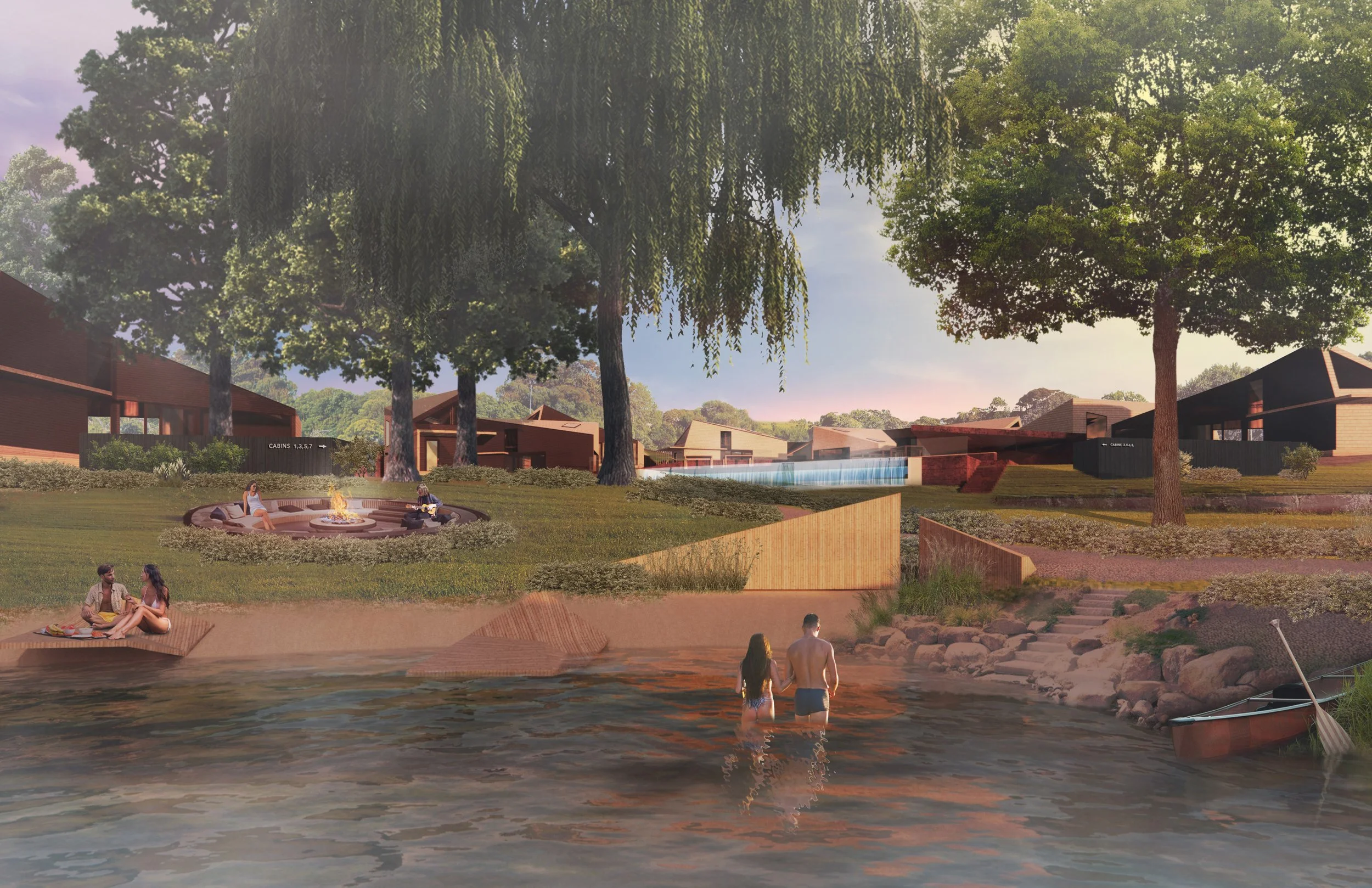Hospitality, Community Hub, Event, Residential, Adaptive Re-Use
Allswell Resort, Prince Edward County
Purchased as an existing cottage rental property, the site featured 10 seasonal cabins (built circa 1950), a main residence, an original barn, with several small ancillary structures across the property. Working closely with the local Council and Conservation area, the Allswell Resort modernizes the site to meet the region’s goal of year-round tourism and community engagement.
CONSTRUCTION 2026









